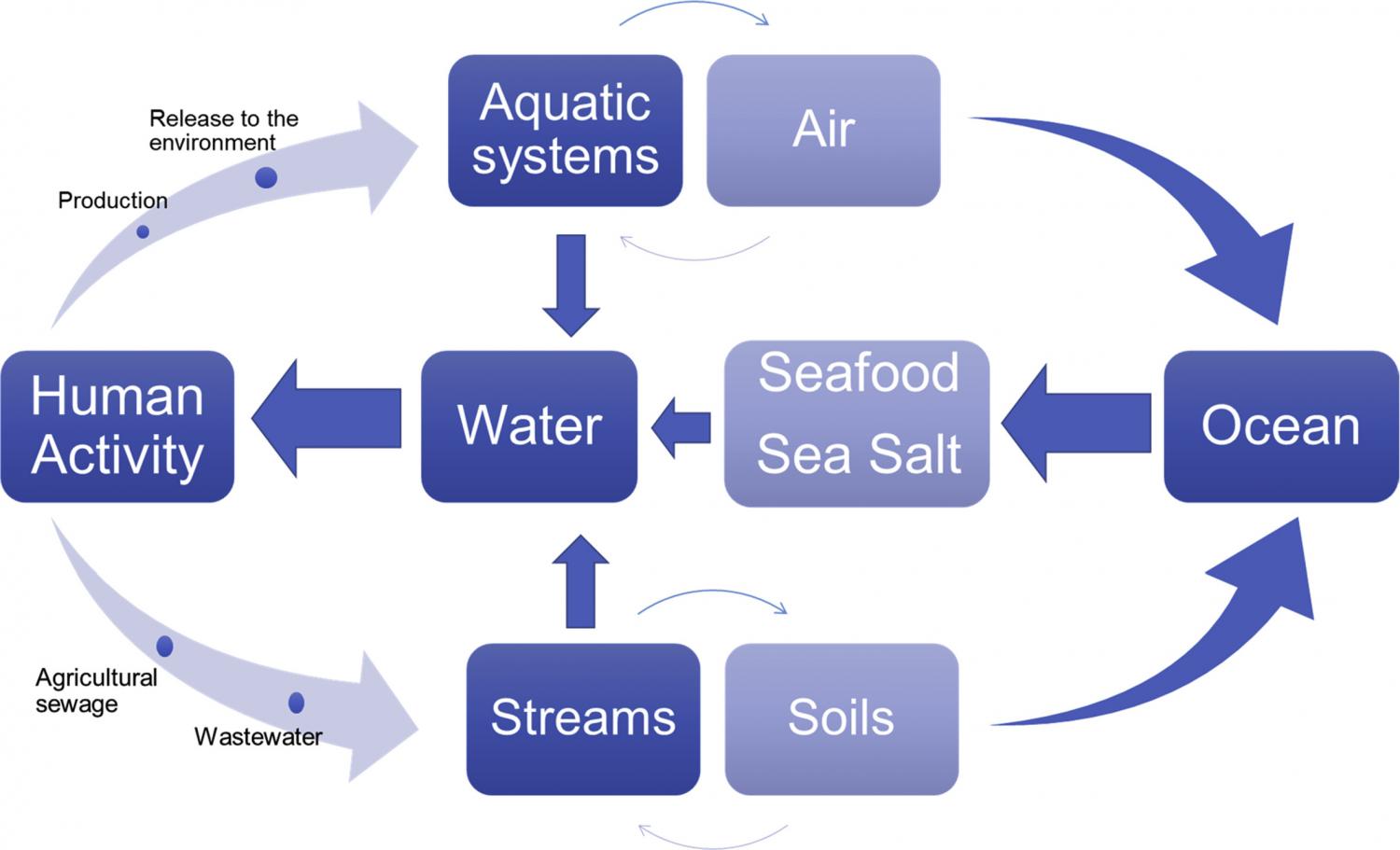
Elsevier, TrAC - Trends in Analytical Chemistry, Volume 112, March 2019
Plastics are an integral but largely inconspicuous part of human daily routines. Associated with a high production and single use nature of several products, small plastic particles became ubiquitous. Due to processes like water currents and winds, plastics may occur far from their place of origin and affect biota at different environmental compartments. In the environment plastics can degrade into increasingly smaller particles, reaching a nanometer size which increases their potential to be incorporated by organisms. Currently it is recognized that the plastics in the environment are reaching humans via contaminated food, drinks, and air but their effects on humans are largely unknown. In this paper, the potential exposure routes and effects to humans are discussed and approaches to decrease impact of microplastics to humans presented.
